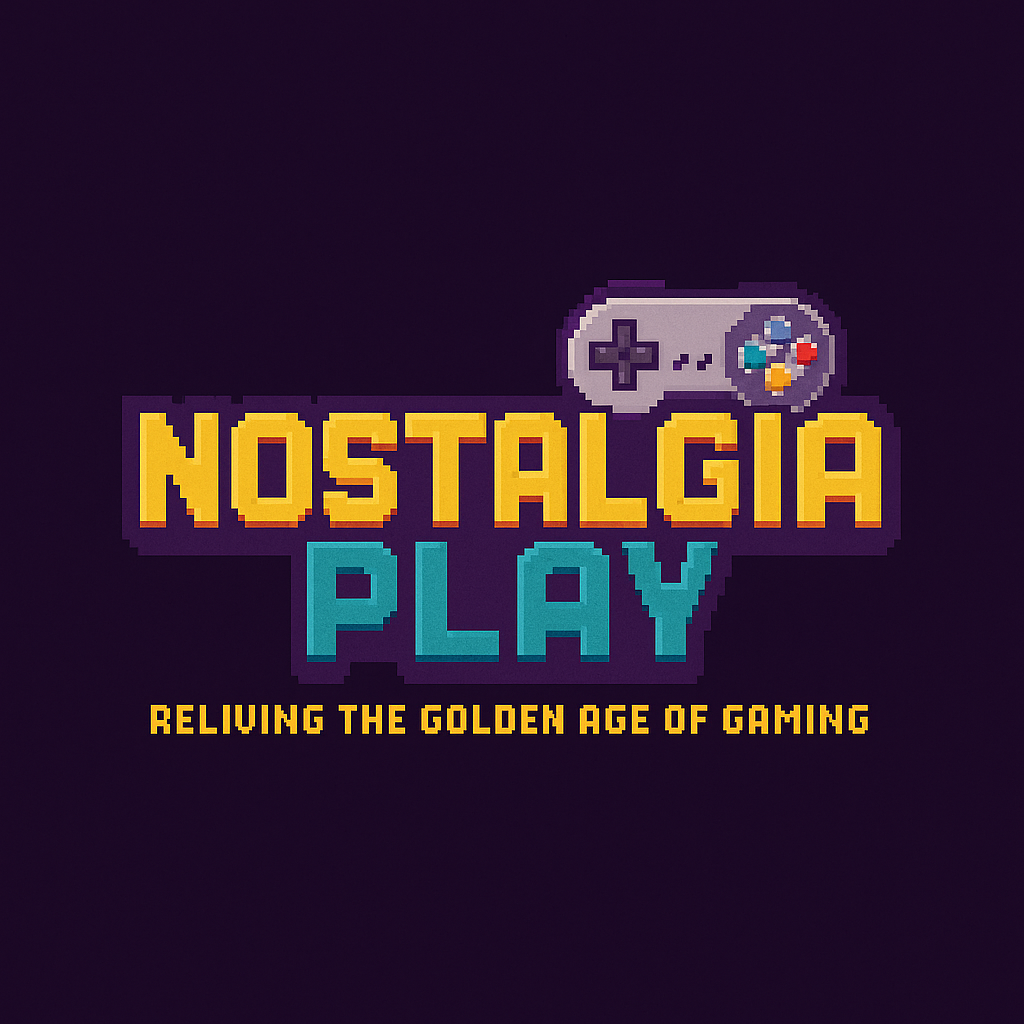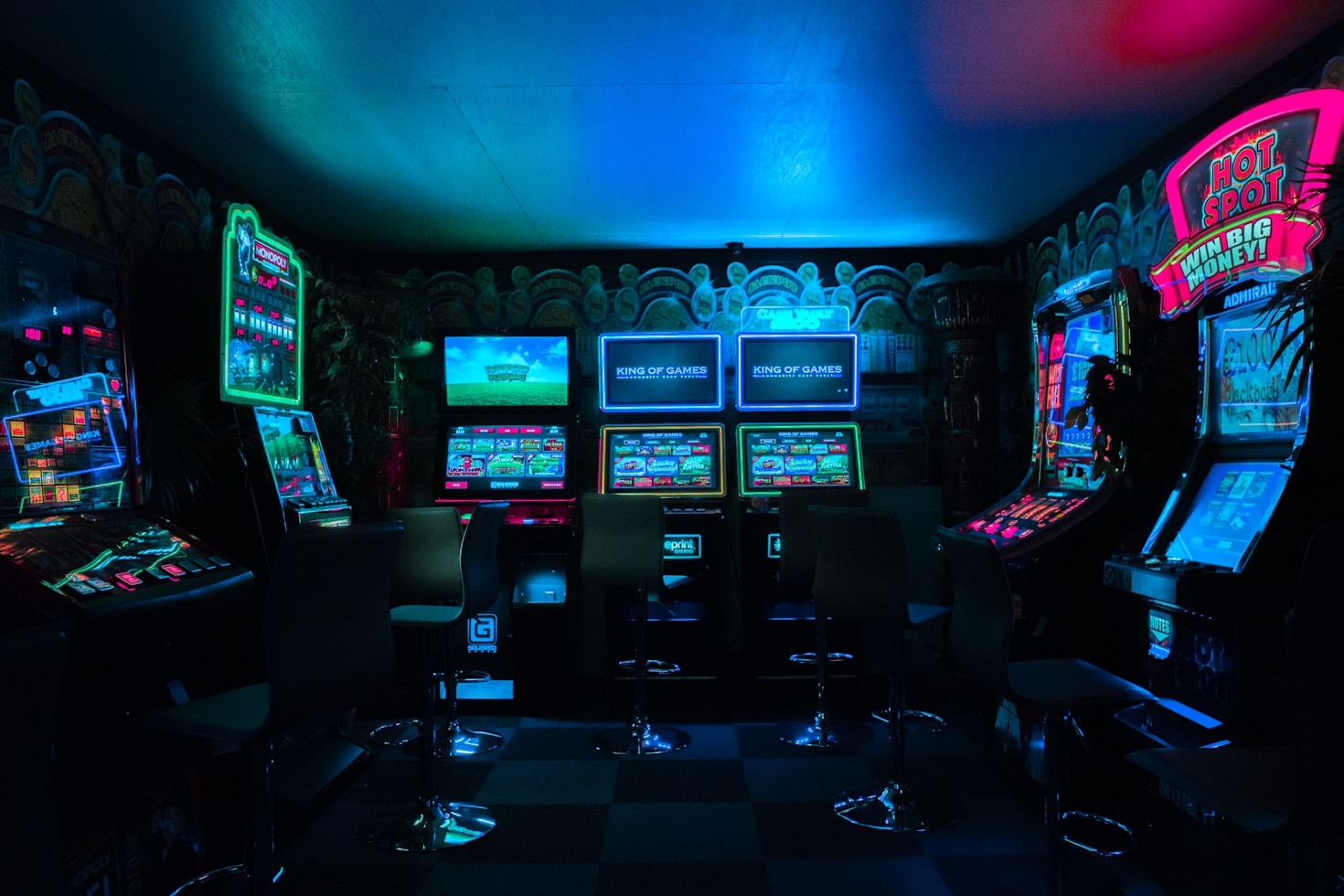The History of Platformers: From Mario to Crash
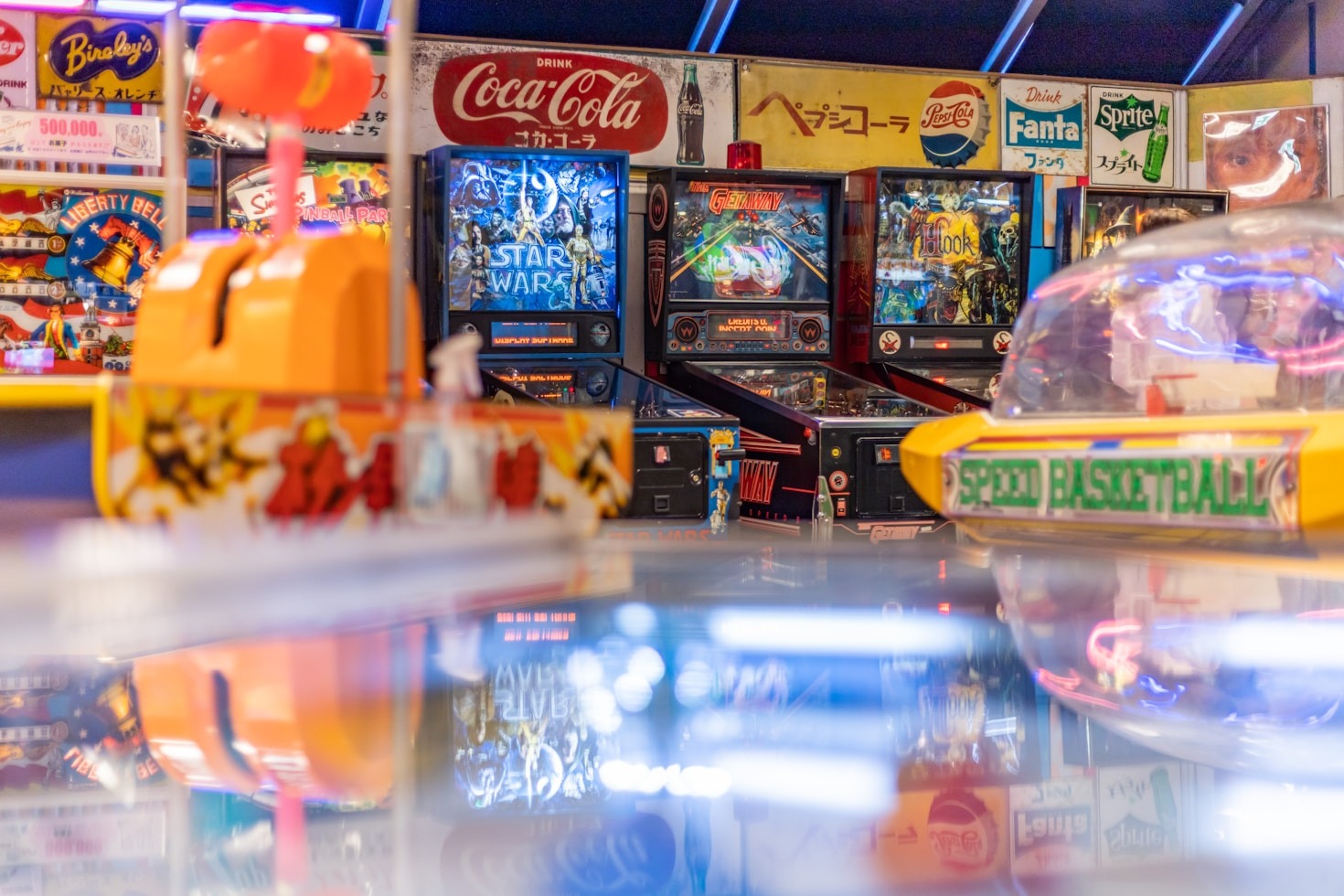
Platformers have long been one of the most beloved genres in video game history. From pixelated leaps across mushrooms to fully-rendered 3D spins through jungle ruins, platformers have consistently evolved — shaping the way we play and enjoy games. Their journey is a fascinating one, filled with innovation, iconic mascots, and timeless fun.
Let’s jump back through time and explore the legacy of platformers — from the pixel-perfect beginnings of Mario to the wild spins of Crash Bandicoot.
The Birth of a Genre (1980s)
Platformers began in arcades, where simple mechanics ruled. One of the first successful examples was Donkey Kong (1981), where players guided a character named Jumpman (later known as Mario) up a series of platforms to rescue Pauline. It was primitive, but it planted the seed.
In 1985, Super Mario Bros. revolutionized gaming on the Nintendo Entertainment System (NES). With side-scrolling gameplay, hidden secrets, precise controls, and catchy music, it became a template for nearly every platformer that followed. Mario’s adventures through the Mushroom Kingdom were more than just fun — they were groundbreaking.
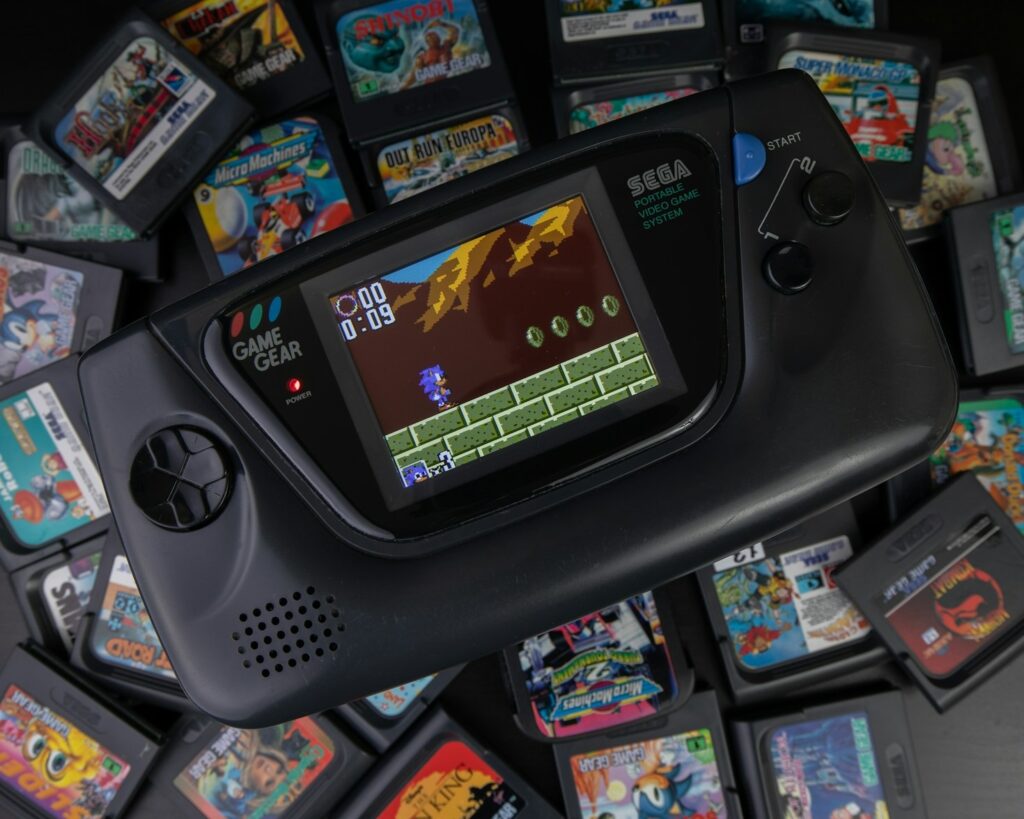
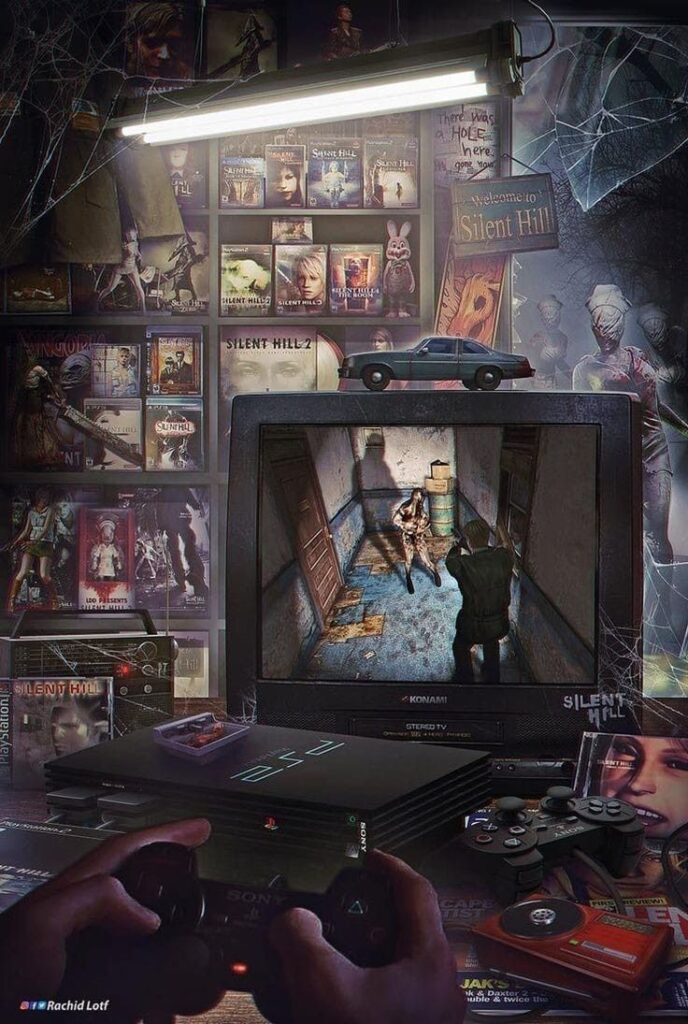
The Golden Age of 2D Platformers (Late 1980s – Early 1990s)
After Mario’s success, the genre exploded. Every console wanted its own mascot platformer.
- Sonic the Hedgehog (1991): Sega’s speedy blue rival brought momentum-based gameplay to the forefront. His attitude and blast-processing speed were a hit with players.
- Mega Man series: Capcom’s robot hero combined tight controls with challenging level design and boss battles.
- Kirby, Donkey Kong Country, Rayman: Each brought their own flavor — from charm and creativity to stunning visuals (especially on the SNES).
These games proved platformers could offer not just gameplay challenge, but character, story, and style.
The Leap to 3D (Mid to Late 1990s)
When gaming moved to 3D, many genres struggled — but platformers embraced the change with bold experimentation.
The landmark title was Super Mario 64 (1996). It wasn’t just a step forward; it was a leap. With analog movement, full 3D worlds, and multiple objectives per level, it redefined what a platformer could be.
Then came Crash Bandicoot (1996) — Sony’s answer to Mario and Sonic. Developed by Naughty Dog, Crash mixed 2.5D and full 3D movement, quirky humor, and wild level design. Though more linear than Mario 64, it showcased the PlayStation’s power and personality.
Platformers in the 2000s: Reinvention and Decline
As gaming shifted toward open worlds and cinematic experiences, traditional platformers lost some mainstream appeal. However, creativity still thrived:
- Jak and Daxter, Ratchet & Clank, and Sly Cooper added action and story to platforming.
- Super Mario Sunshine and later Super Mario Galaxy kept innovating with movement and gravity-based gameplay.
- Meanwhile, many classic franchises took a break or struggled to evolve in the changing market.
The Indie Revival (2010s – Present)
Just when platformers seemed like a relic of the past, the indie scene brought them roaring back.
Games like:
- Celeste: A pixel-art masterpiece with emotional storytelling and tight controls.
- Hollow Knight: Blending exploration with atmospheric design and challenging combat.
- Shovel Knight: A modern love letter to NES-era games.
These titles proved that platformers didn’t need AAA budgets to be impactful. They reminded the world why jumping over pits and dodging spikes never goes out of style.
Legacy of the Genre
What makes platformers so enduring?
- Accessibility: Easy to pick up, hard to master.
- Variety: From lighthearted fun to brutally difficult challenges.
- Emotion: Whether it’s nostalgia or fresh discovery, platformers spark joy.
From the pixel-perfect jumps of Mario to the chaotic spins of Crash, the genre has constantly reinvented itself while staying true to its roots: fun, movement, and discovery.
Conclusion: A Genre That Keeps on Jumping
Platformers aren’t just a genre — they’re a legacy. They introduced millions to gaming, created household mascots, and continue to inspire developers and players alike.
As we move forward into new technologies and storytelling techniques, one thing remains certain: platformers will always have a place in our hearts — and in our game libraries.
So whether you’re leaping through 8-bit forests or navigating 3D lava pits, you’re not just playing — you’re experiencing a piece of gaming history.
